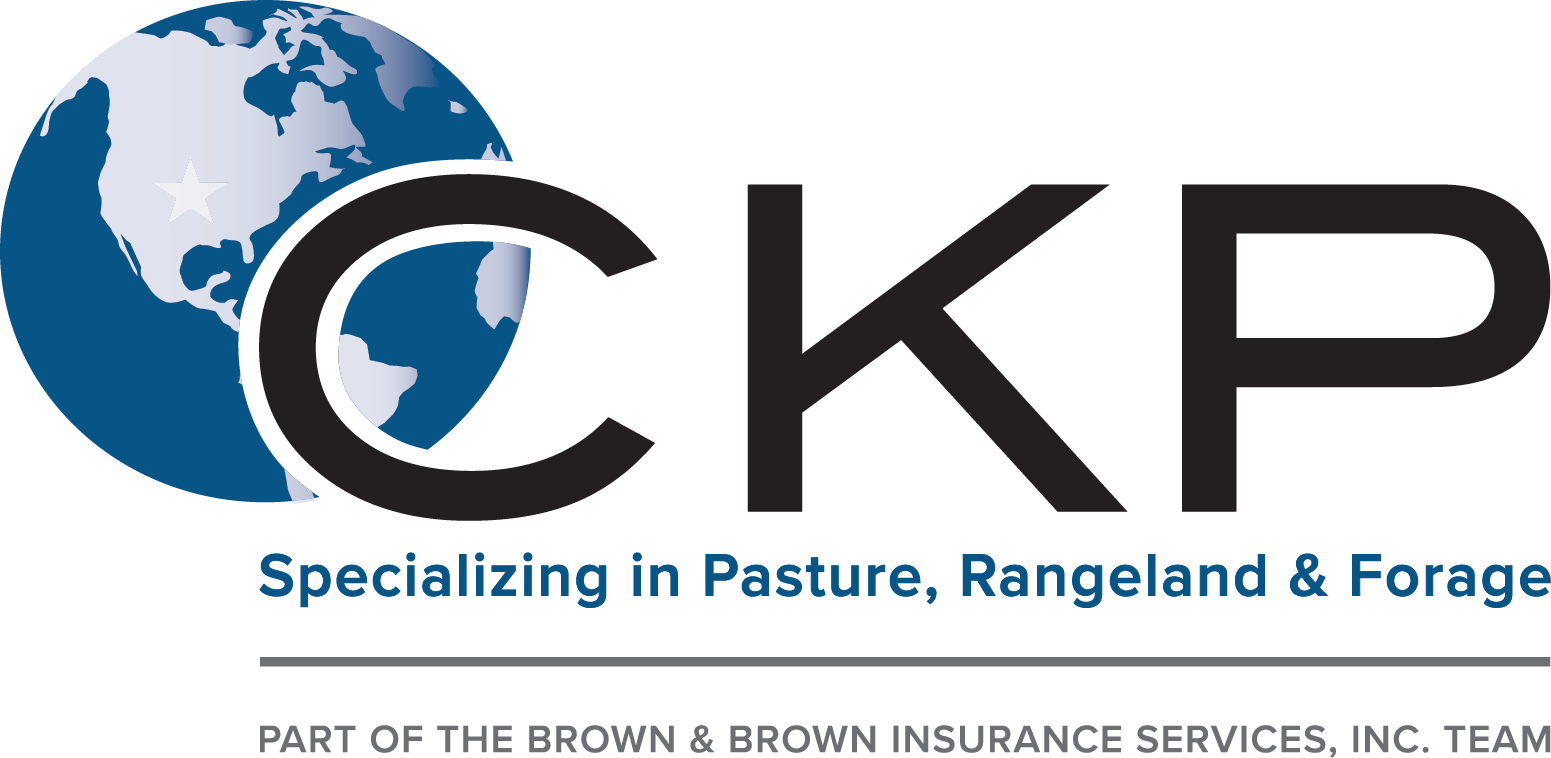Bagley Risk Management Fundamentals Explained
Bagley Risk Management Fundamentals Explained
Blog Article
Specialist Support on Risk Evaluation and LRP Insurance Solutions

The Importance of Risk Evaluation
Reliable risk analysis is basic in the decision-making process of any kind of organization, directing critical preparation and resource appropriation. By methodically identifying, evaluating, and focusing on potential dangers, companies can prepare for difficulties, profit from possibilities, and make educated options to attain their objectives. Risk analysis enables organizations to proactively address susceptabilities, reduce threats, and optimize their risk monitoring methods.
One of the essential benefits of danger evaluation is its function in improving operational performance. By recognizing the prospective risks that can affect various elements of the company, companies can enhance processes, allot resources extra properly, and decrease the likelihood of expensive disruptions. In addition, danger assessment allows companies to abide with regulatory needs, protect their credibility, and construct count on with stakeholders.
Recognizing Potential Losses
To realize the impact of threat assessment, it is necessary to understand the prospective losses that might significantly influence a company's procedures and economic security. Possible losses can arise from various sources, including natural disasters, economic downturns, operational failures, regulatory changes, and cybersecurity breaches. These losses can cause direct costs such as building damages, lawful expenditures, and penalties, along with indirect prices like reputational damages and loss of market share.
Recognizing potential losses involves conducting a detailed evaluation of the dangers that might emerge and approximating the monetary effect they may have on the company. By evaluating these prospective losses, organizations can focus on danger mitigation initiatives and designate resources efficiently. A detailed understanding of prospective losses enables organizations to make enlightened decisions when selecting threat administration techniques, such as acquiring insurance protection or carrying out danger control measures.
In significance, by acknowledging and understanding prospective losses, organizations can proactively manage threats and safeguard their long-lasting sustainability and success.
Function of LRP Insurance Solutions
The assimilation of LRP insurance coverage solutions within a company's danger management structure improves strength and strengthens monetary stability against unpredicted adversities. LRP, or Loss Healing Product, insurance coverage solutions play a crucial function in reducing the impact of possible losses by providing monetary security and assistance in times of crisis. These insurance policy options are tailored to satisfy the specific needs of services, providing insurance coverage for different dangers such as residential or commercial property damage, business interruption, obligation cases, and a lot more.
LRP insurance coverage remedies aid organizations navigate difficult scenarios by offering a safety and security net that allows them to recuperate and recuperate from troubles. By transferring the financial danger to an insurance policy copyright, businesses can focus on their core procedures with better assurance, understanding that they are secured versus substantial economic losses. In addition, LRP insurance options can improve a company's threat management method by supplementing existing threat mitigation actions and ensuring extensive security throughout all locations of prospective vulnerability - Bagley Risk Management. Overall, the function of LRP insurance coverage options is important in securing companies and promoting lasting sustainability.
Identifying Key Dangers
In the process of danger analysis, a critical action entails determining vital dangers that have the potential to affect a company's operations and economic stability. Determining vital dangers calls for an extensive examination of internal and exterior elements that can pose hazards to the organization's objectives. Interior risks might include operational inadequacies, compliance concerns, or human resource obstacles, while exterior dangers could incorporate economic declines, regulative changes, or natural catastrophes.

Additionally, vital threats ought to be routinely assessed and updated to line up with the dynamic service setting. This aggressive approach allows organizations to remain in advance of possible threats and secure their lasting success.
Picking the Right Coverage
Having determined the crucial threats that can impact an organization's operations and financial stability, the next important step includes carefully selecting the best protection to successfully take care of and minimize these threats. Organizations need to consider their specific risk exposure, financial abilities, and calculated goals when it comes to selecting the best coverage. It is important to perform a thorough assessment of the offered insurance options to make certain that the picked coverage aligns with the organization's threat administration goals.

Organizations ought to work closely with seasoned insurance policy specialists to evaluate their threat profiles and identify one of the most appropriate insurance coverage products to address their needs. Customizing insurance coverage to details browse around this site threats can help enhance protection while reducing unneeded expenses. Additionally, organizations ought to review plan conditions in information to comprehend the degree of coverage offered and any kind of potential exemptions that might influence their risk mitigation methods.
Conclusion
In final thought, risk assessment is crucial in identifying prospective losses and choosing the appropriate LRP insurance policy remedies. Professional advice can help browse the complexities of risk analysis and insurance options, giving organizations with the required devices to efficiently take care of and minimize dangers.
Specialist assistance plays a crucial function in this process, using useful insights right into determining and examining threats, as well as tactically selecting proper insurance policy coverage tailored to mitigate those threats properly. An extensive understanding of potential losses makes it possible for organizations to make informed decisions when picking threat administration techniques, such as buying insurance protection or executing danger control measures.

Report this page